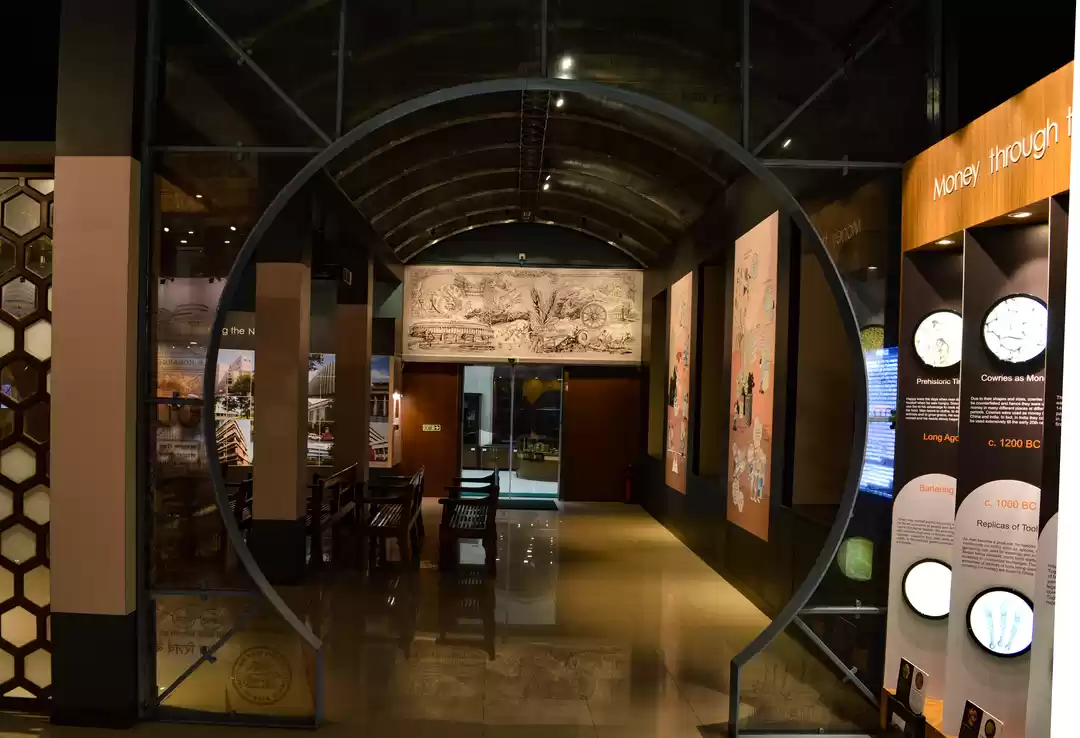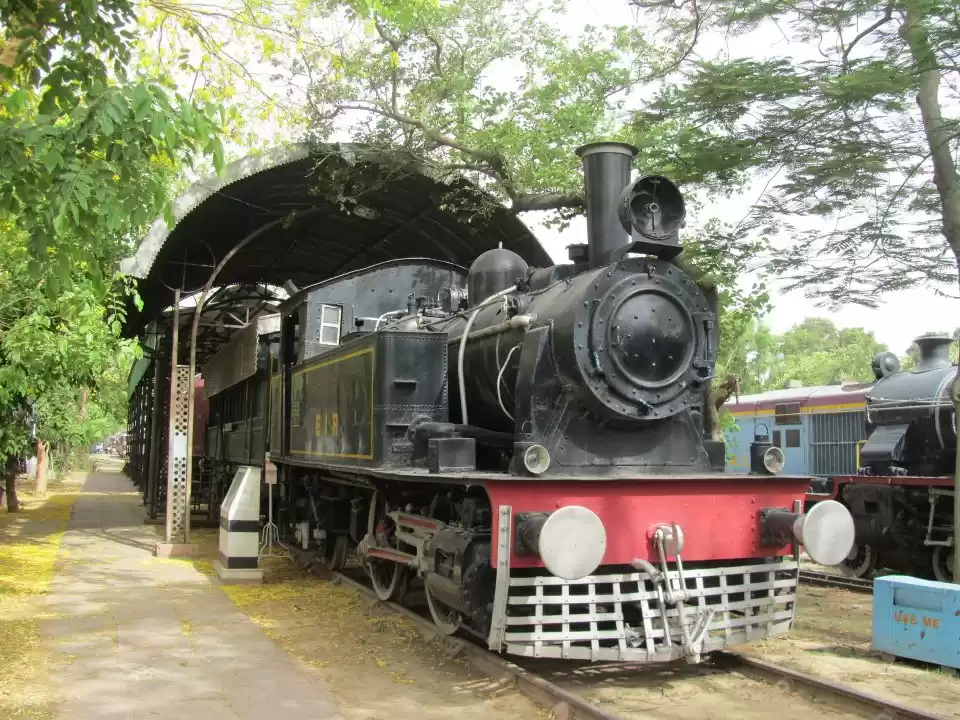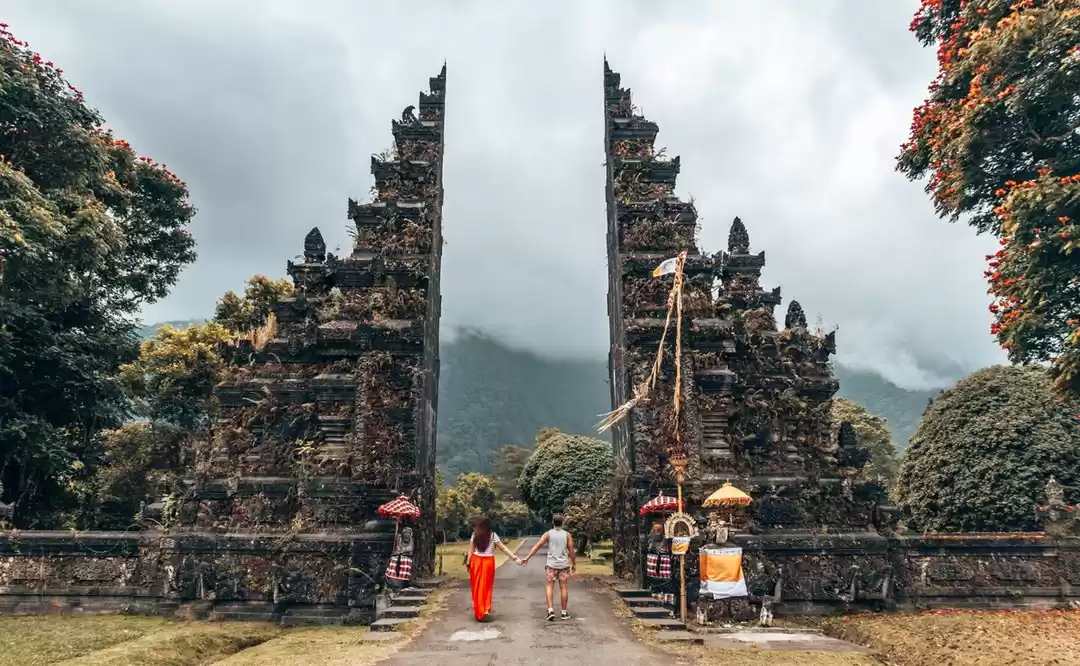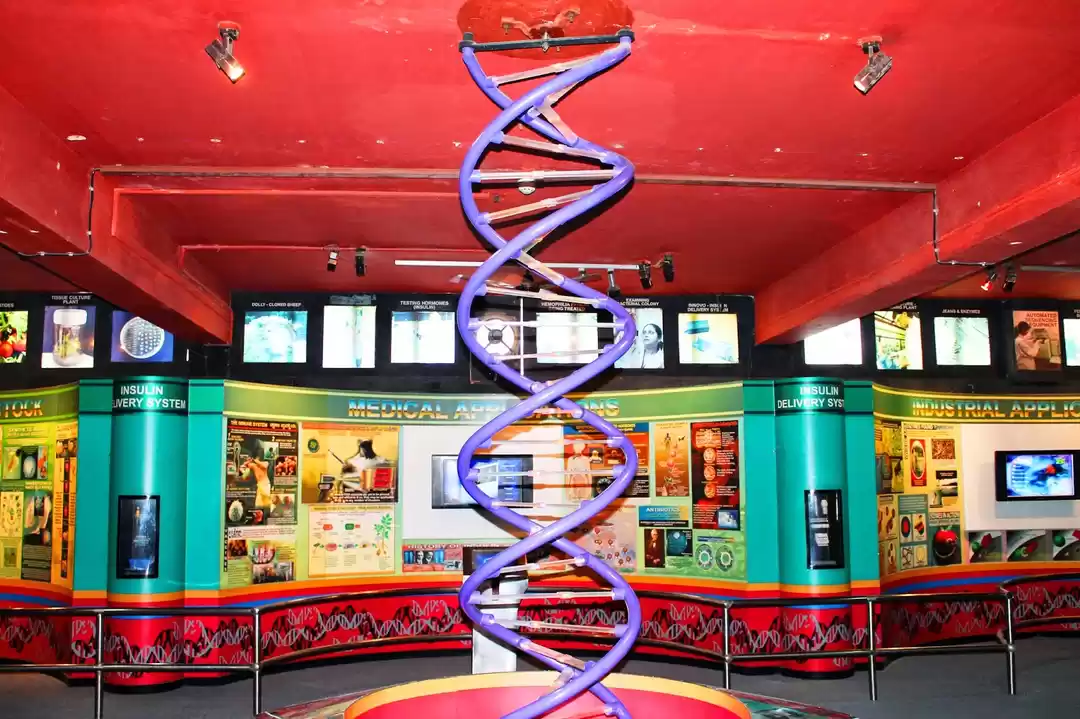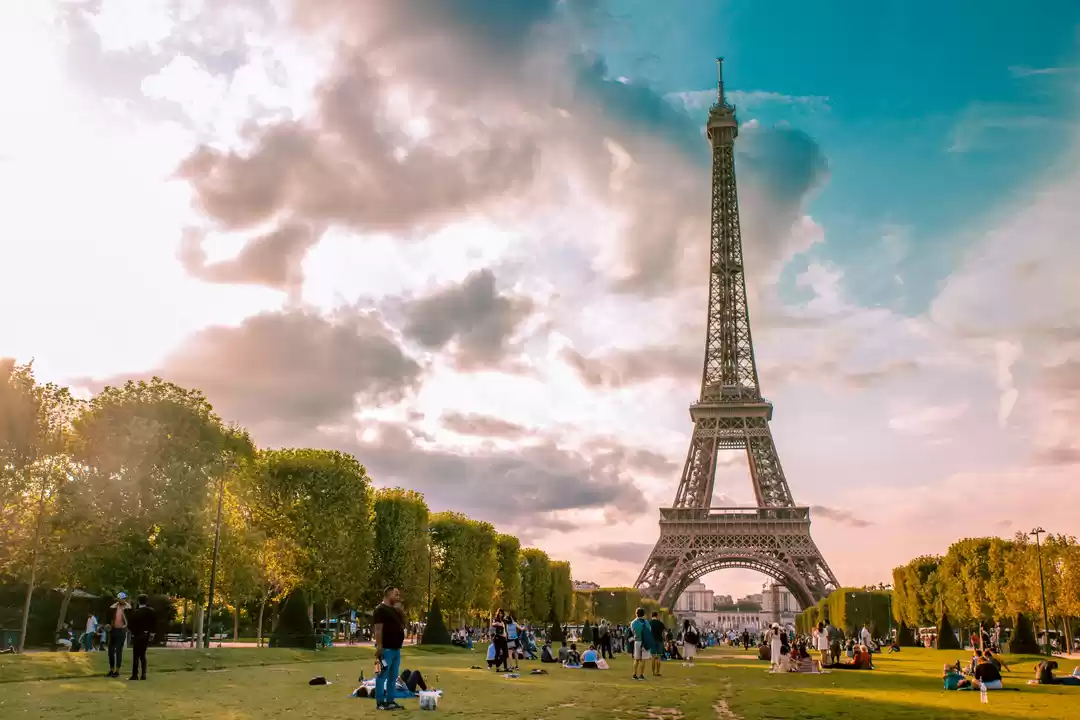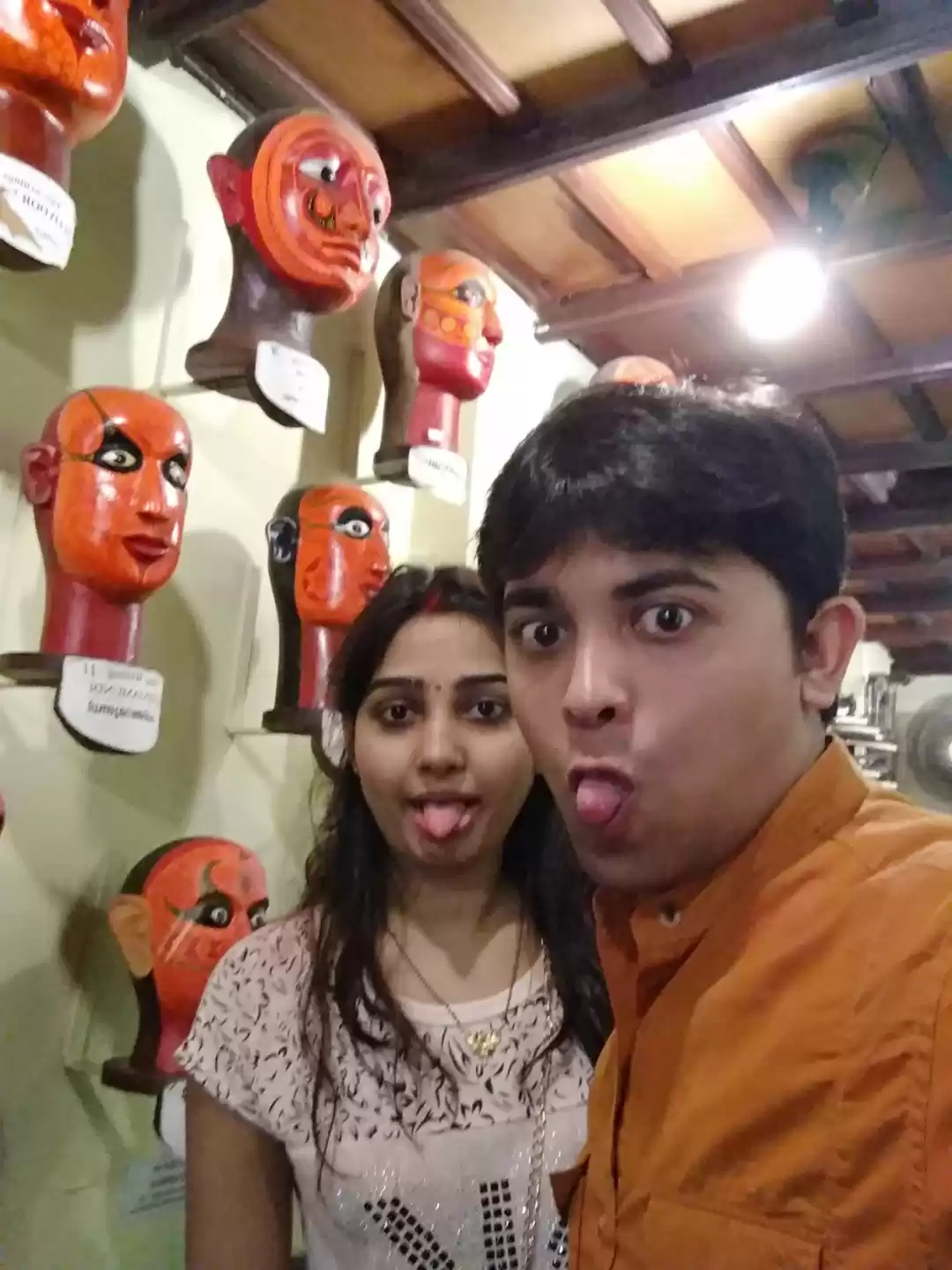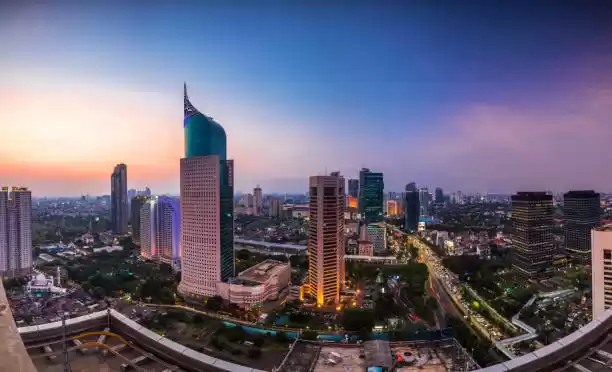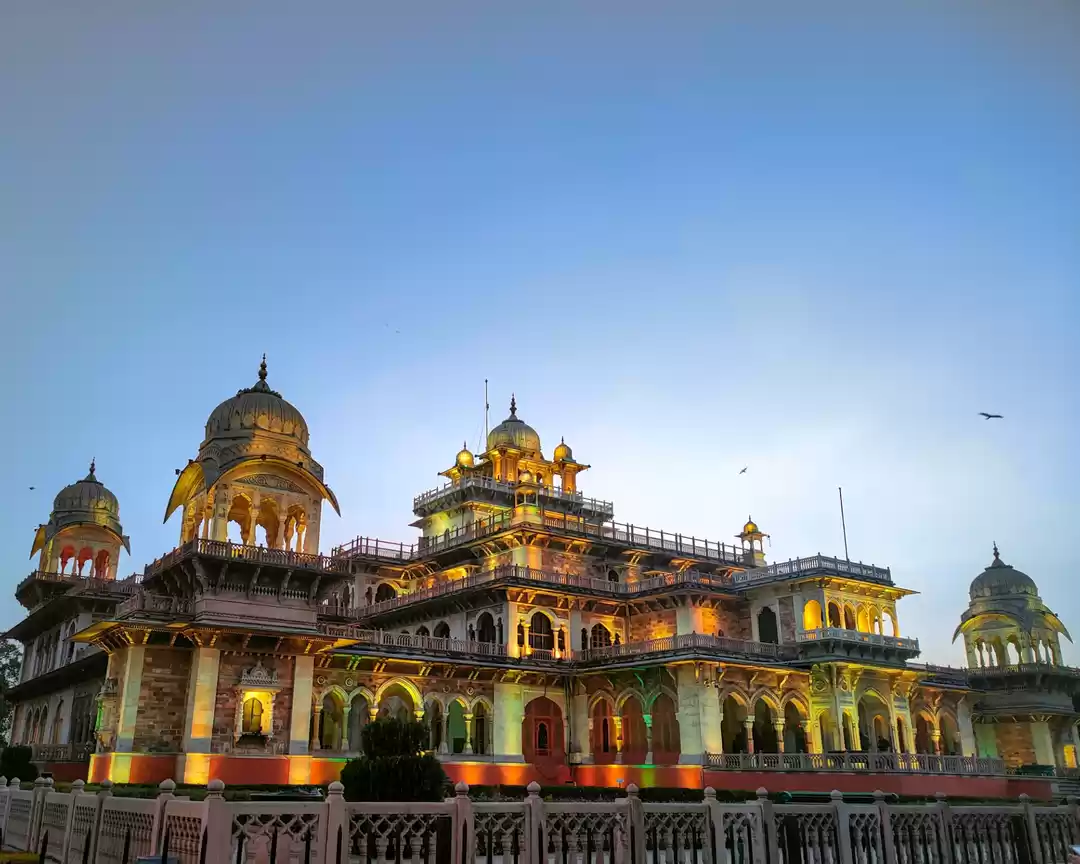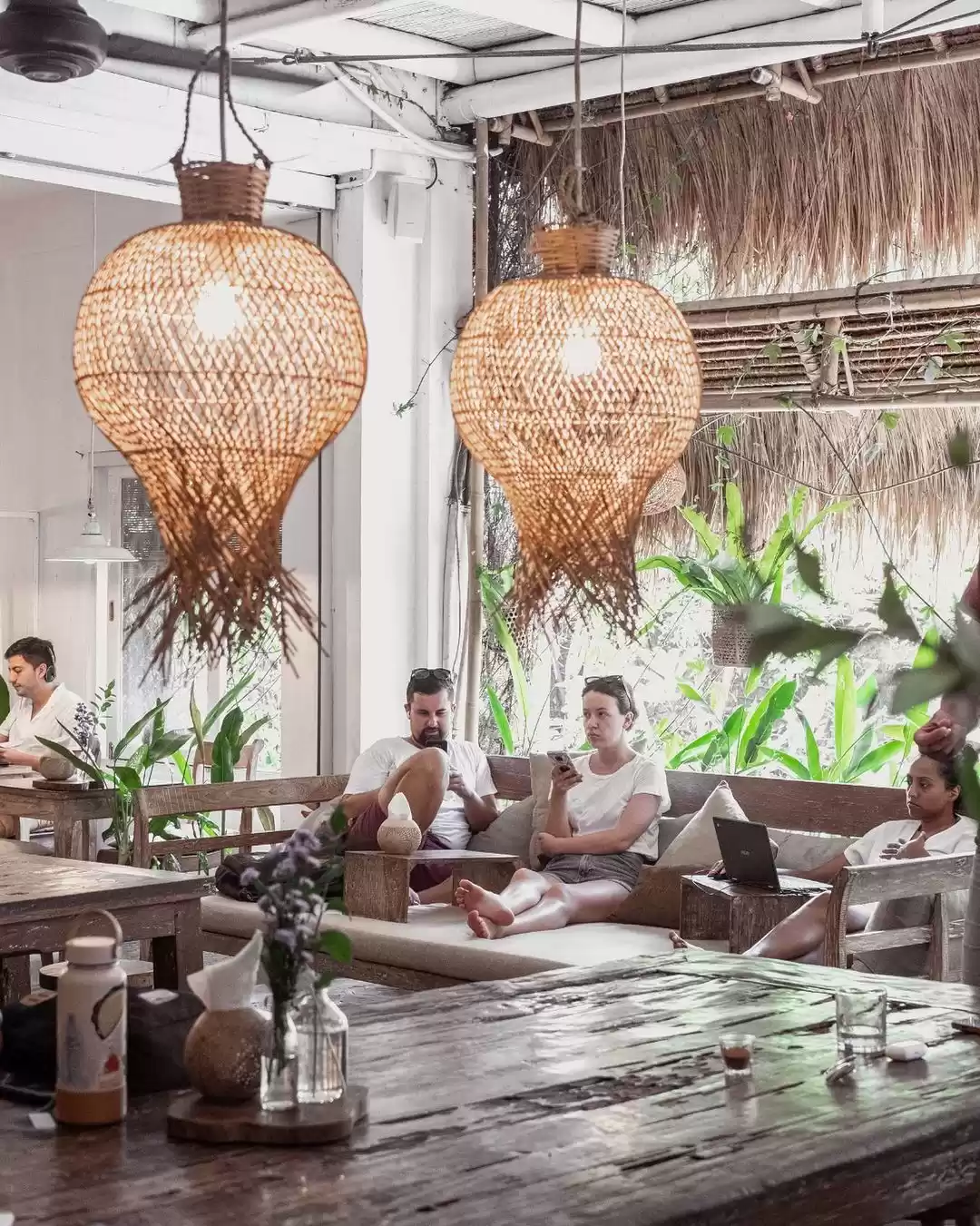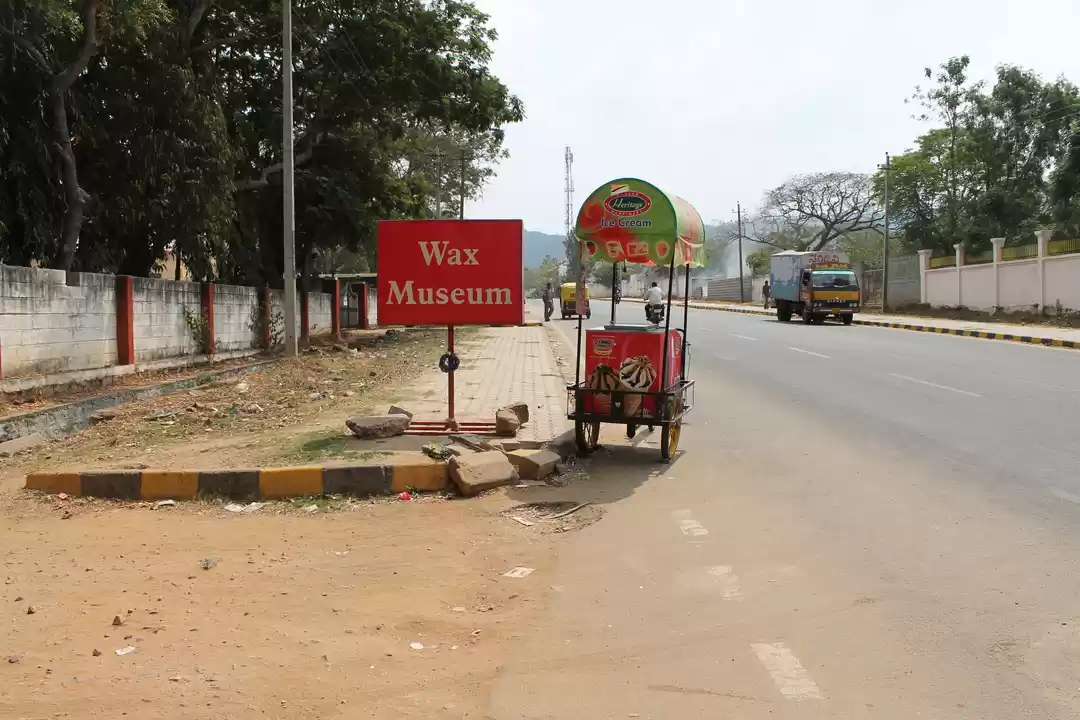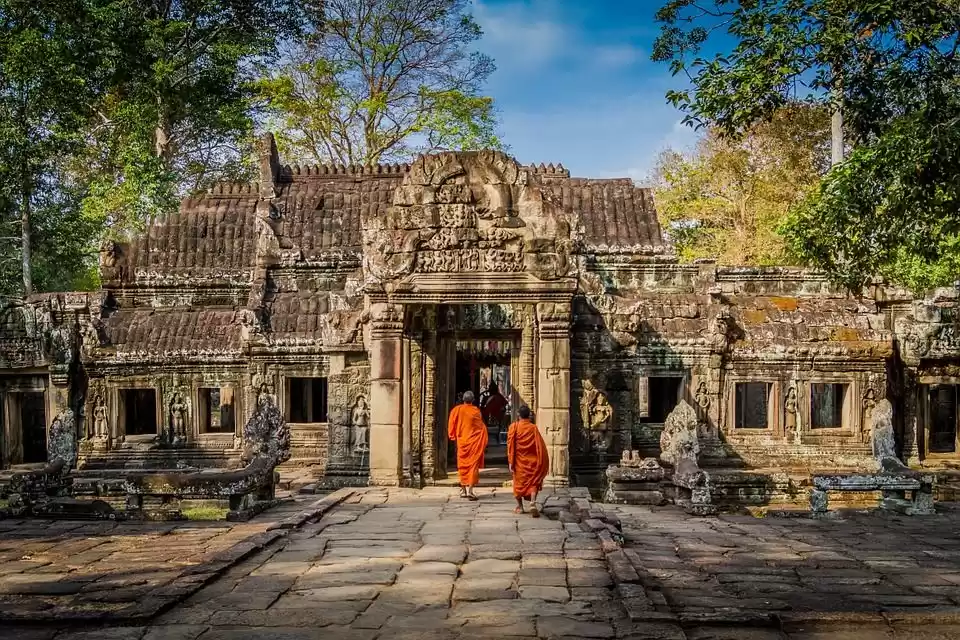Are you looking for a unique and enriching experience in Jakarta, Indonesia? Do you want to learn more about the fascinating history and culture of this diverse and dynamic country? If yes, then you should not miss visiting Museum Bank Indonesia, one of the most impressive and informative museums in the city. In this article, we will tell you everything you need to know about this museum, from its history and architecture to its collections and exhibits.
We will also give you some tips and recommendations on how to make the most of your visit, and what else you can do in the nearby area. Read on to find out why Museum Bank Indonesia is a must-see attraction for history and culture lovers.
History of Museum Bank Indonesia
Museum Bank Indonesia is not just a museum, but also a historical and cultural landmark. The museum is housed in a magnificent building that was once the headquarters of the De Javasche Bank, the central bank of the Dutch East Indies. The building was constructed in 1828, and has witnessed many important events and changes in the history of Indonesia, such as the colonial era, the independence movement, the monetary crisis, and the economic development. The museum was established in 2006, to commemorate the 50th anniversary of Bank Indonesia, the current central bank of the country. The museum aims to preserve and showcase the history and role of the central bank and the banking industry in Indonesia, as well as to educate and inspire the public about the economic and financial aspects of the nation.
Collections and Exhibits at Museum Bank Indonesia
Museum Bank Indonesia has a rich and diverse collection of exhibits that span across different periods and themes. The museum has four main galleries, each with its own focus and features. The first gallery is the Pre-Colonial Period Gallery, which displays the various forms of money and trade that existed in the archipelago before the arrival of the Europeans. Here, you can see the ancient coins, shells, beads, and other items that were used as currency by the local people.
The second gallery is the Colonial Period Gallery, which showcases the development and impact of the banking system under the Dutch colonial rule. Here, you can see the banknotes, currencies, documents, and artifacts that reflect the economic and social conditions of the time.

The third gallery is the Independence Period Gallery, which highlights the challenges and achievements of the central bank and the banking industry in the post-independence era. Here, you can see the banknotes, currencies, policies, and programs that were implemented to support the national development and stability.
The fourth gallery is the Bank Indonesia Gallery, which presents the vision and mission of the central bank and its role in the modern economy. Here, you can see the banknotes, currencies, technologies, and innovations that are used to manage the monetary and financial system of the country.
One of the most impressive and unique exhibits of the museum is the vault, which is located in the basement of the building. The vault is where the De Javasche Bank used to store its gold and silver reserves, and is now converted into a display room for some of the most valuable and rare items in the museum’s collection. Here, you can see the oldest banknote in the world, which dates back to the 9th century and was issued by the Chinese Tang Dynasty. You can also see the largest gold coin in the world, which weighs 10 kilograms and was minted by the Australian Perth Mint. The vault also has a collection of gold bars, silver bars, and other precious metals that were used as reserves by the central bank.
Another interesting and interactive exhibit of the museum is the multimedia room, which is located on the second floor of the building. The multimedia room is where you can watch and listen to various audio-visual presentations that explain and illustrate the history and role of the central bank and the banking industry in Indonesia. The multimedia room also has a simulator that allows you to experience what it is like to be a central banker, and to make decisions that affect the economy and the society.
Architecture and Design of Museum Bank Indonesia
Museum Bank Indonesia is not only a place to learn, but also a place to admire. The museum building is a masterpiece of architecture and design, that combines the elements of the Dutch colonial style and the Indonesian national identity. The building has a rectangular shape, with a symmetrical and elegant facade. The building is made of stone, brick, and wood, and is decorated with ornamental details and sculptures. The building has a clock tower that stands at the center of the roof, and a dome that crowns the main hall.

The building also has a statue of Hermes, the Greek god of commerce and trade, that stands at the front entrance. The building has a spacious and airy interior, with high ceilings, large windows, and marble floors. The building has a grand staircase that leads to the second floor, and a central hall that connects the four main galleries. The building also has a courtyard that surrounds the museum, and a garden that adds to the beauty and tranquility of the place.
Visitor Information and Tips for Museum Bank Indonesia
If you are interested in visiting Museum Bank Indonesia, here are some essential information and tips that you should know:
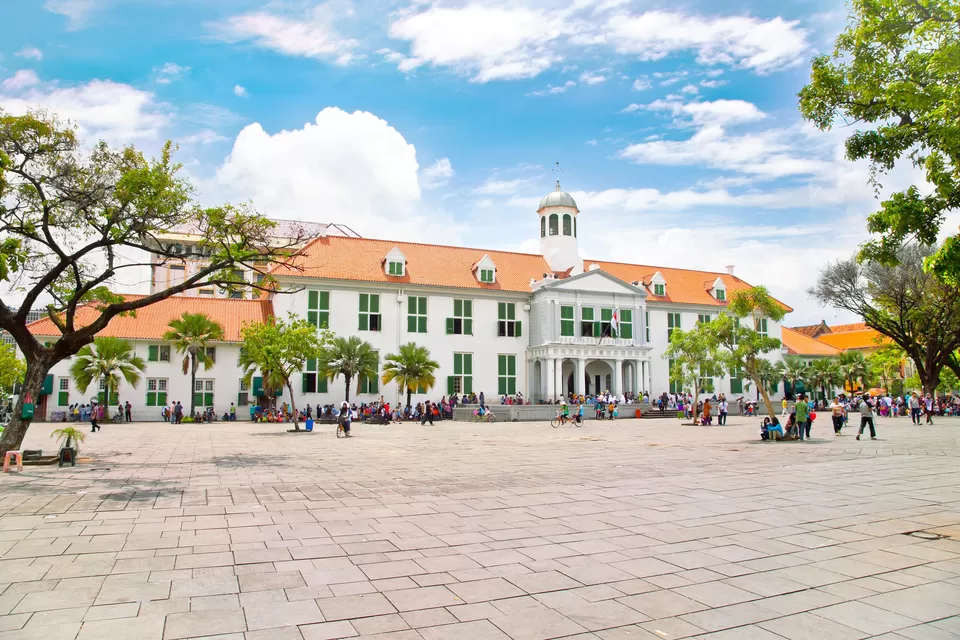
- The museum is open from Tuesday to Friday, from 8:00 am to 3:30 pm, and on Saturday and Sunday, from 8:00 am to 4:00 pm. The museum is closed on Monday and public holidays.
- The entry fee is 5,000 IDR (around 0.35 USD) per person, and is free for children under 3 years old and senior citizens above 60 years old. The entry fee includes a guided tour and an audio guide.
- The museum is located at Jalan Pintu Besar Utara No. 3, West Jakarta, Indonesia. The museum is easily accessible by public transportation, such as bus, train, or taxi. The nearest bus stop is Kota Tua, and the nearest train station is Jakarta Kota.
- The museum has a souvenir shop, a cafeteria, a library, and a mosque for the convenience of the visitors. The museum also has a locker room, a wheelchair service, and a first aid kit for the safety and comfort of the visitors.
- The museum allows photography and videography, but only for personal and non-commercial use. The museum prohibits the use of flash, tripod, and selfie stick. The museum also prohibits smoking, eating, drinking, and littering inside the building.
- The museum is suitable for all types of visitors, such as families, solo travelers, couples, and groups. The museum offers various educational and recreational programs and activities for children and adults, such as workshops, seminars, games, and quizzes.
- The museum is located in the historical and cultural area of Kota Tua, or the Old Town of Jakarta. The museum is surrounded by many other attractions and landmarks, such as the Jakarta History Museum, Wayang Museum, the Fine Art and Ceramic Museum, the Fatahillah Square, and the Sunda Kelapa Harbor. The museum is also close to many restaurants, cafes, and street food stalls that offer a variety of local and international cuisines.
Museum Bank Indonesia is a wonderful place to visit if you want to discover and appreciate the history and culture of Indonesia, especially its economic and financial aspects. The museum has a stunning and historic building, a rich and diverse collection of exhibits, and a variety of programs and activities that cater to different interests and needs. The museum is also located in a strategic and scenic area, where you can explore and enjoy many other attractions and experiences. Museum Bank Indonesia is more than just a museum, it is a treasure trove of knowledge and inspiration.
Don’t miss the chance to visit this amazing attraction when you are in Jakarta, Indonesia.


